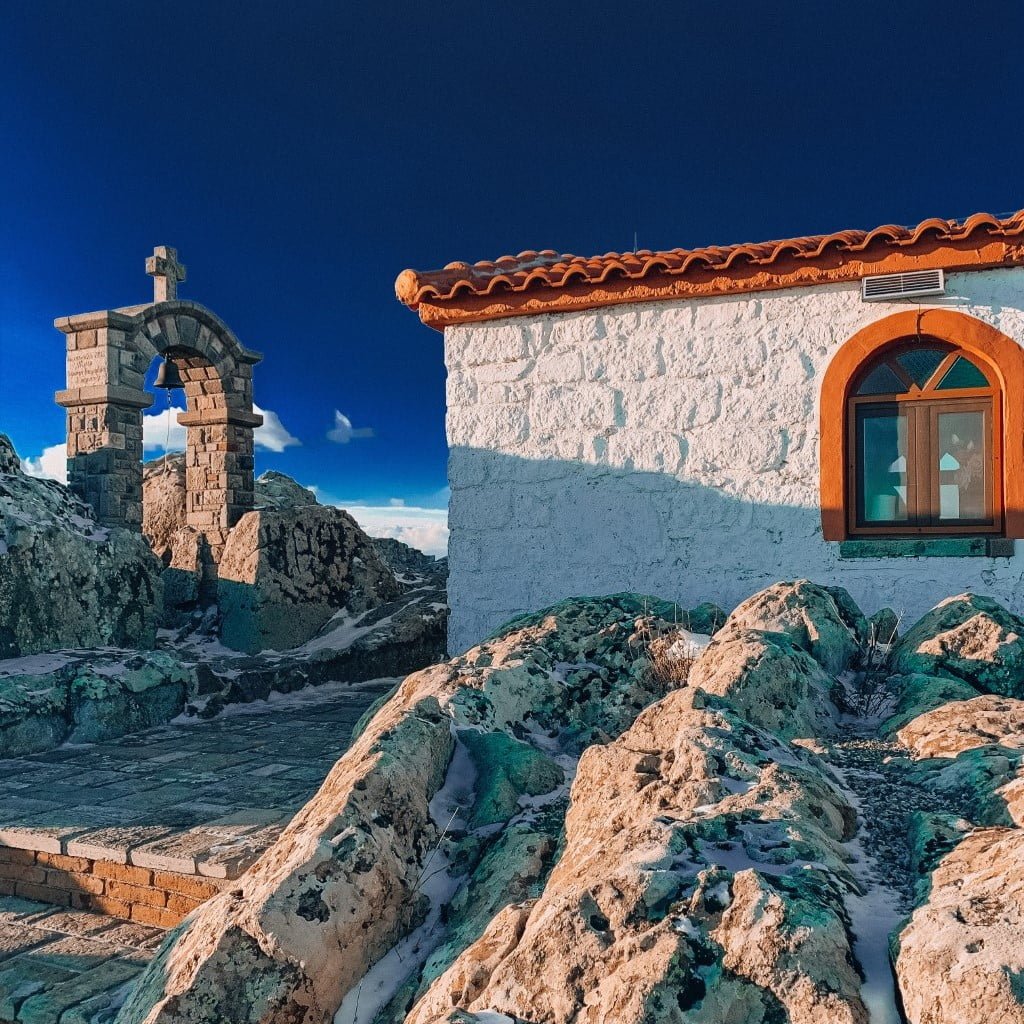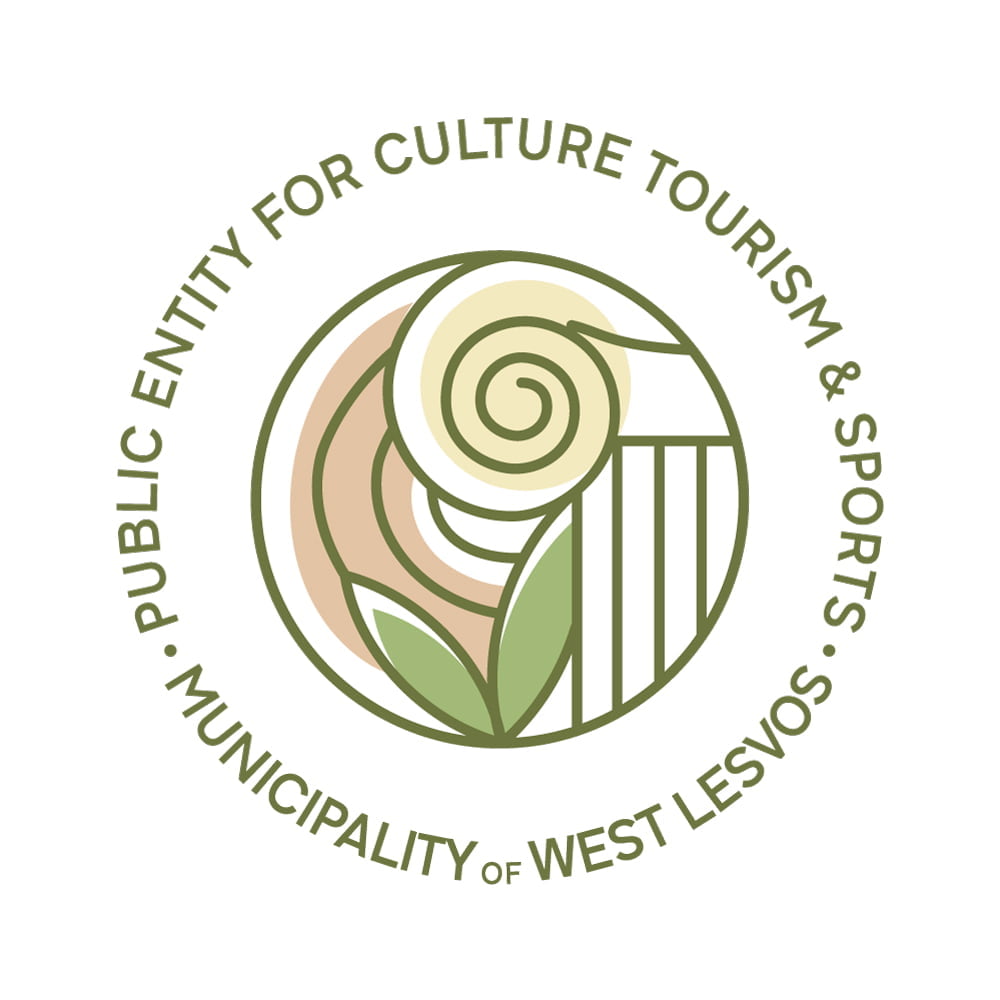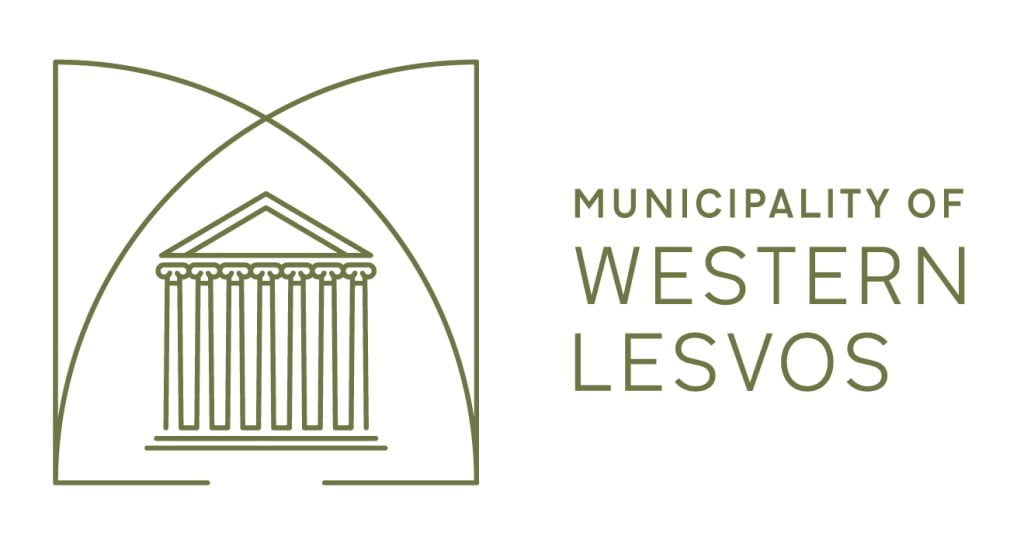Lorem Ipsum sit dolla amet.









| Religious Sites of Lesvos | Website | |
|---|---|---|
| The Monastery of Pameggiston Taxiarchis in Mandamados | http://vr.taxiarhismantamadou.gr/panorama.html | |
| The Temple of St. Stephanos- Agios Stephanos-Mandamados | http://odysseus.culture.gr/h/2/gh251.jsp?obj_id=15681 | |
| The Monastery of Saint Ignatios – Limonos Monastery | ||
| The Women’s Monastery of Panagia Myrsiniotissa in Kalloni | ||
| Panagia Gorgona in Skala Skamnia | ||
| Church of the Assumption of the Virgin in Petra | http://odysseus.culture.gr/h/2/eh251.jsp?obj_id=1706 | |
| Saint Nikolaos in Petra | ||
| The Monastery of Ypsilos on route to Sigri | http://odysseus.culture.gr/h/2/eh251.jsp?obj_id=1843 | |
| The Monastery of Perivoli on route to Antissa | http://odysseus.culture.gr/h/2/eh251.jsp?obj_id=1842 | |
| Church of the Assumption of the Virgin Mary in Gavathas, Antissa | http://www.ypai.gr/Ergo_3.csp | |
| Early Christian Basilica of Saint Andrew Eressos | http://odysseus.culture.gr/h/2/gh251.jsp?obj_id=1766 | |
| The Monastery Pithariou, Eresos | ||
| The Church of St. George in Anemotia | http://odysseus.culture.gr/h/2/eh251.jsp?obj_id=1669 | |
| The Monastery of Damandri dedicated to the Dormition of the Virgin (Polichnitos) | http://odysseus.culture.gr/h/2/eh251.jsp?obj_id=893 | |
| Church of the Brisbane Dionysus in Agios Fokas Lesvos | http://odysseus.culture.gr/h/2/gh251.jsp?obj_id=20664 | |
| Monastery of Taxiarches Limonos at Dafia | http://odysseus.culture.gr/h/2/gh251.jsp?obj_id=1840 | |
| Church of St. John in Kerami | http://odysseus.culture.gr/h/2/gh251.jsp?obj_id=1674 | |
| Church of the Transfiguration of Christ the Savior Christ in Papiana | http://odysseus.culture.gr/h/2/gh251.jsp?obj_id=1709 | |
| Early Christian Basilica of the Ypsilometopo | http://odysseus.culture.gr/h/2/gh251.jsp?obj_id=7783 | |
| Church of the Assumption of the Virgin Mary in Agiassos | http://odysseus.culture.gr/h/2/gh251.jsp?obj_id=1702 | |
| The Monastery of Saint Raphael, Thermi Mytilini | https://www.ieramoni-agiou-rafail.gr/en/the-monastery-w-11.html | |
| The Church of St. Therapon in Mytilini | http://odysseus.culture.gr/h/2/eh251.jsp?obj_id=1672 | |
| Monastery of Taxiarches (Catholic) at Kato Tritos | http://odysseus.culture.gr/h/2/gh251.jsp?obj_id=5821 | |
| Temple of St. Athanasios, Mytilini | http://odysseus.culture.gr/h/2/gh251.jsp?obj_id=1664 | |
| Panagia Trouloti, Pyrgoi Thermi | http://odysseus.culture.gr/h/1/gh151.jsp?obj_id=15701 | |
| Panagia Kryfti (Hidden Panagia) in Melinda, Plomari | ||
| Saint Nikolaos in Plomari | http://www.agios.nikolaos.plomariou.gr/ |



